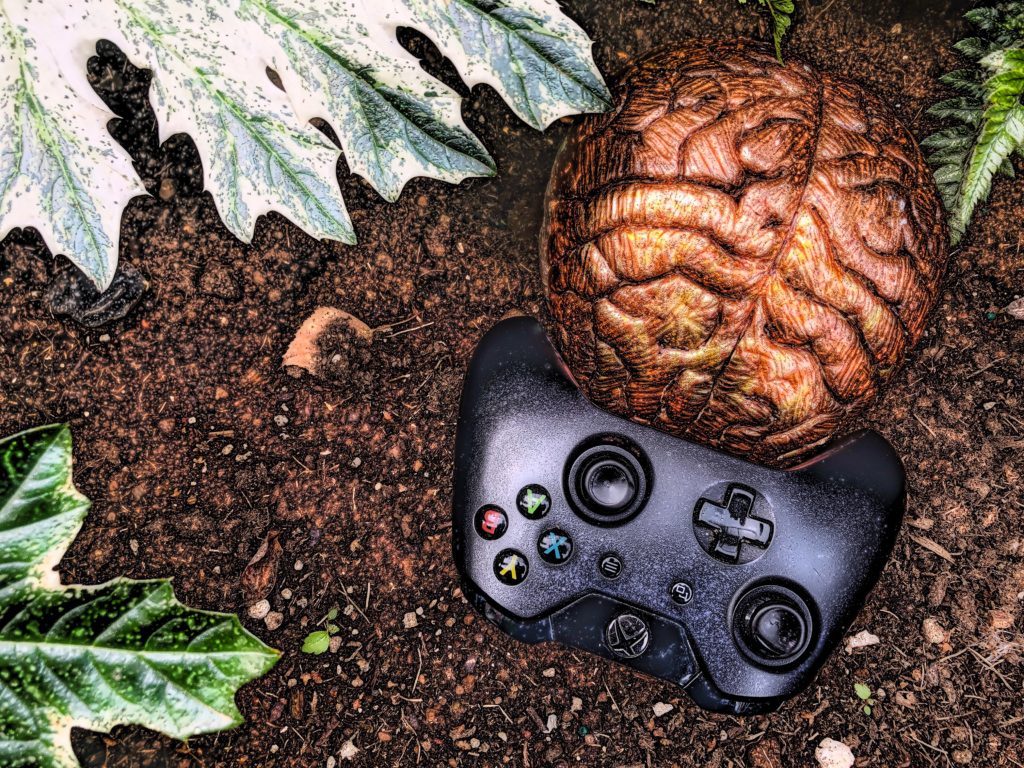
What does? Dehumanization of others and access to guns.
NW Noggin heads to North Carolina this week to attend the Raleigh Major, the first international Rainbow 6 Major video game tournament held in the United States. We’ve got our custom jerseys ready…
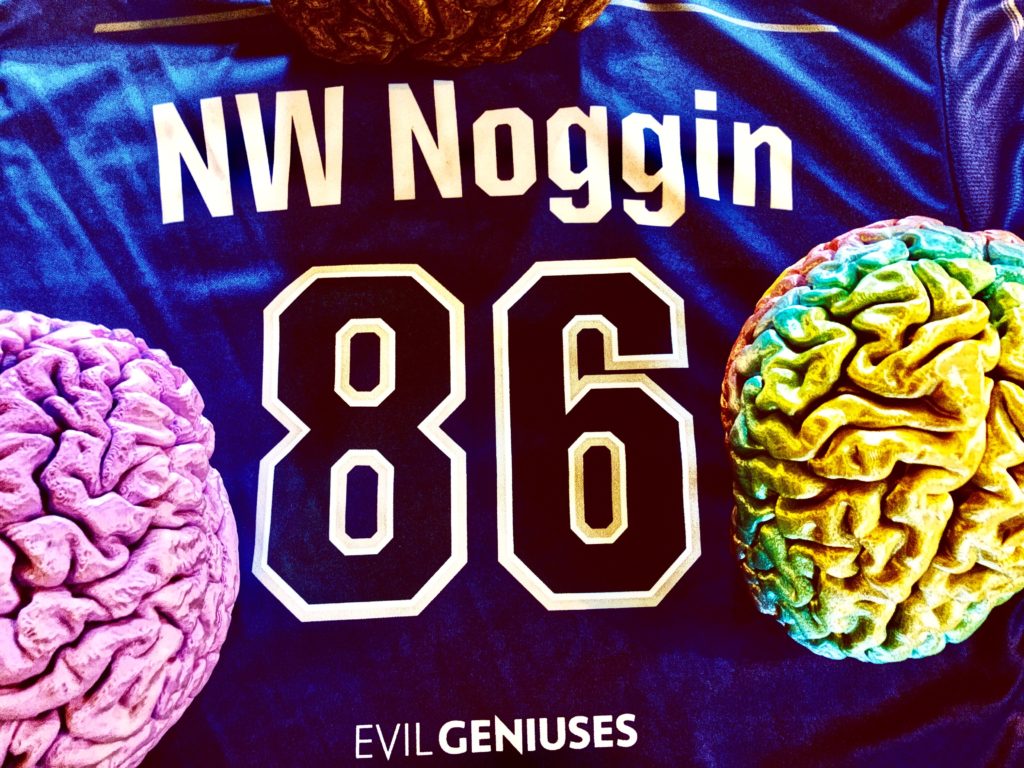
Video games are popular.

Over 2.5 billion people play video games worldwide, and competitive gaming, or eSports, counts close to 400 million enthusiastic viewers of their tournaments and games. An impressive 72% of U.S. teenagers age 13 – 17 play video games regularly, typically along with other players, and claim it builds stronger connections with friends.
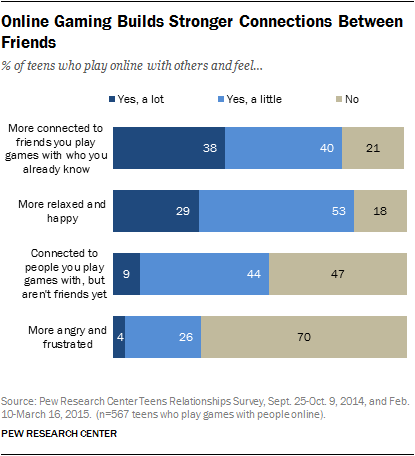
LEARN MORE: Teens, Technology and Friendships (from Pew)
LEARN MORE: What is eSports? A look at an explosive billion-dollar industry
One 16 year old, Kyle “Bugha” Giersdorf, recently won a $3 million dollar prize playing the game Fortnite at the Arthur Ashe Stadium in New York. Yet, perhaps surprisingly, the average age of gamers is 34, somewhat unevenly divided between women (45%) and men (55%)…

LEARN MORE: Video Game Demographics – Who Plays Games in 2019
“Every age has its storytelling form, and video gaming is a huge part of our culture. You can ignore or embrace video games and imbue them with the best artistic quality. People are enthralled with video games in the same way as other people love the cinema or theatre.” –Andy Serkis
LEARN MORE ABOUT ESPORTS: Nerdificent Episode 3 – eSports
Gaming changes your brain.
Dr. Adam Gazzaley, a Professor of Neurology, Physiology and Psychiatry at the University of California San Francisco, told a rapt audience in Portland, Oregon that many video games create powerful experiences, which can induce brain plasticity…

When you play a first person shooter (FPS) game, for example, the experience is intense and, according to Dr. Gazzaley, “completely immersive. It’s like watching a major motion picture – but where you’re actually a character” (and one in danger of being virtually shot!).

LEARN MORE: Neuro Crossfit @ the Newmark
LEARN MORE: The Impact of Studying Brain Plasticity
LEARN MORE: Playing a first-person shooter video game induces neuroplastic change
Yet these action video games (AVGs) not only produce a more plastic and changeable brain, but also improve many aspects of cognition, including reaction time, speed of visuospatial search, visuomotor skills involved in driving, working memory, focused attention, fluid intelligence, and cognitive flexibility…
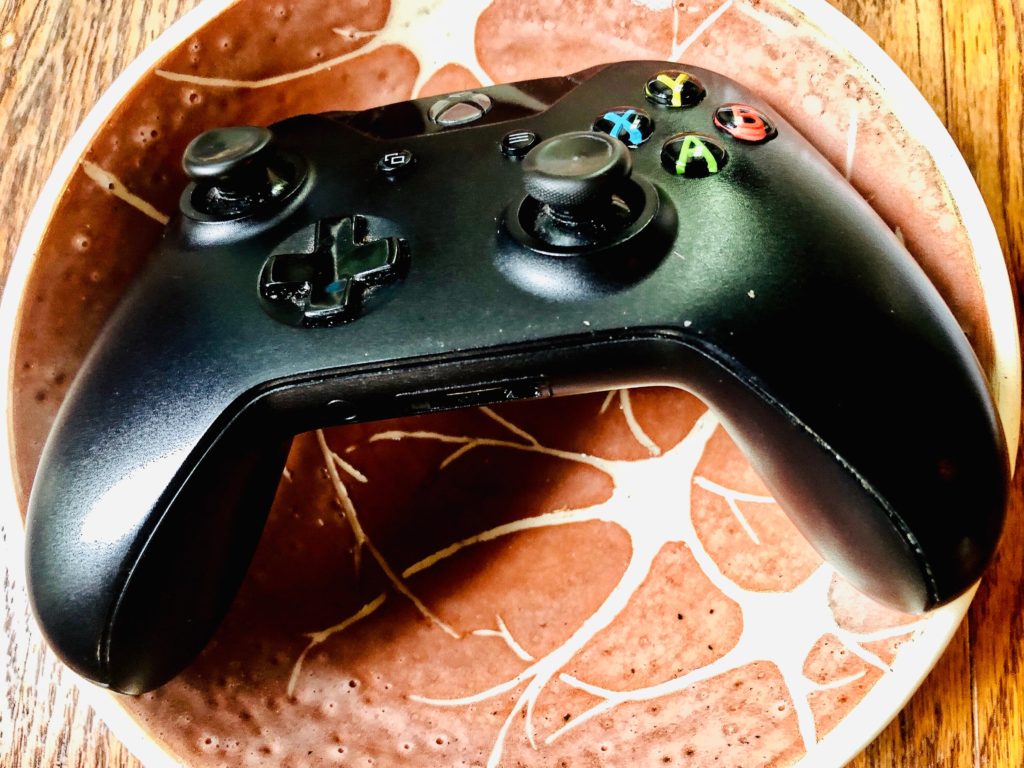
“What is a man but the sum of his memories? We are the stories we live! The tales we tell ourselves!” –Clay Kaczmarek, Assassin’s Creed Brotherhood
LEARN MORE: Neural Basis of Video Gaming: A Systematic Review
LEARN MORE: Increasing Speed of Processing With Action Video Games
LEARN MORE: Playing shooter and driving videogames improves top-down guidance in visual search
LEARN MORE: Playing Action Video Games Improves Visuomotor Control
LEARN MORE: Exploring the relationship between video game expertise and fluid intelligence
LEARN MORE: Neural bases of selective attention in action video game players
LEARN MORE: DOOM’d to Switch: Superior Cognitive Flexibility in Players of First Person Shooter Games
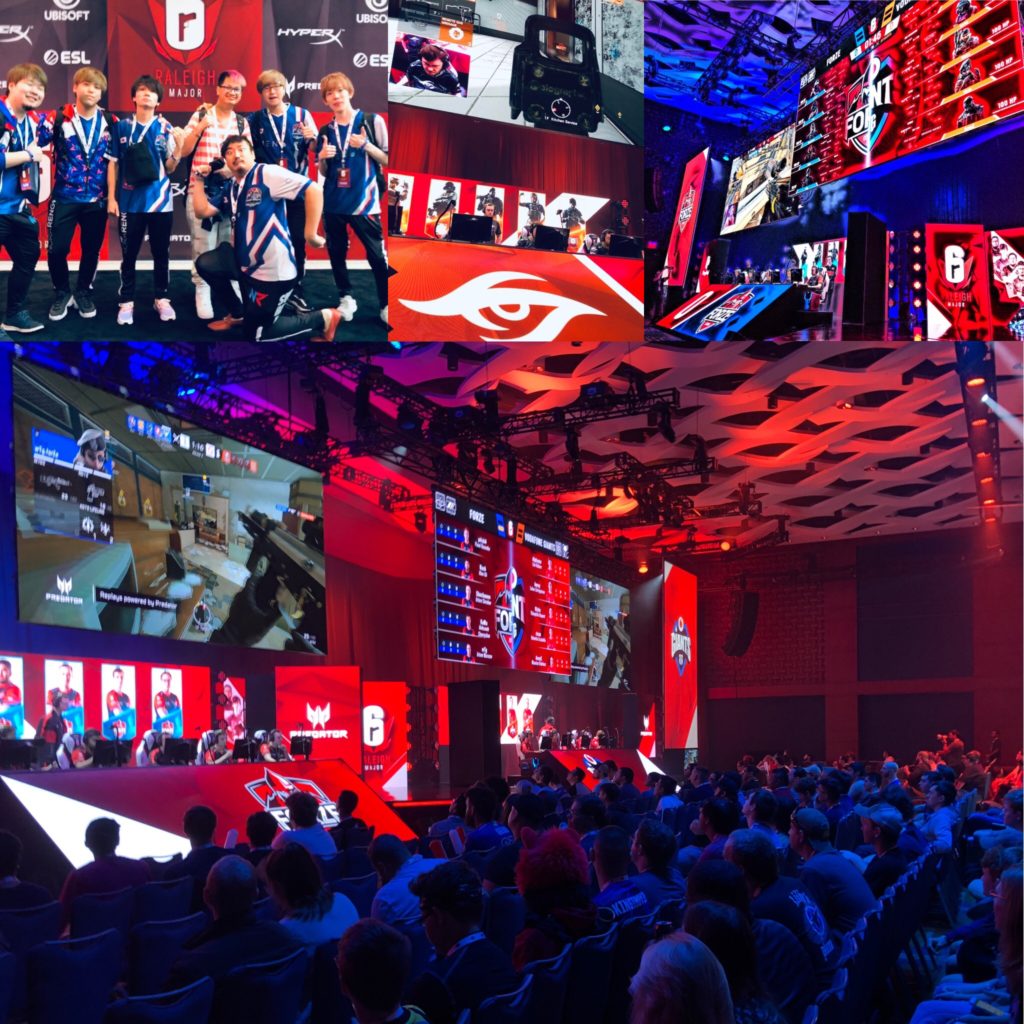
Video games can also improve the lives of healthy young and older adults, and those with dementia, reduce the symptoms of depression, and help laparoscopic surgeons better their skills. Video games are currently being investigated (with support from the MacArthur Foundation) as part of a new approach in K-12 education…

LEARN MORE: The benefits of playing video games
LEARN MORE: Video Games and Other Online Activities May Improve Health in Ageing
LEARN MORE: Cognitive benefits of computer games for older adults
LEARN MORE: Video Game Training Improves Cognitive Control in Older Adults
LEARN MORE: Commercial Video Games As Therapy: A New Research Agenda to Unlock the Potential of a Global Pastime
LEARN MORE: The impact of video games on training surgeons in the 21st century
LEARN MORE: School Uses Video Games To Teach Thinking Skills
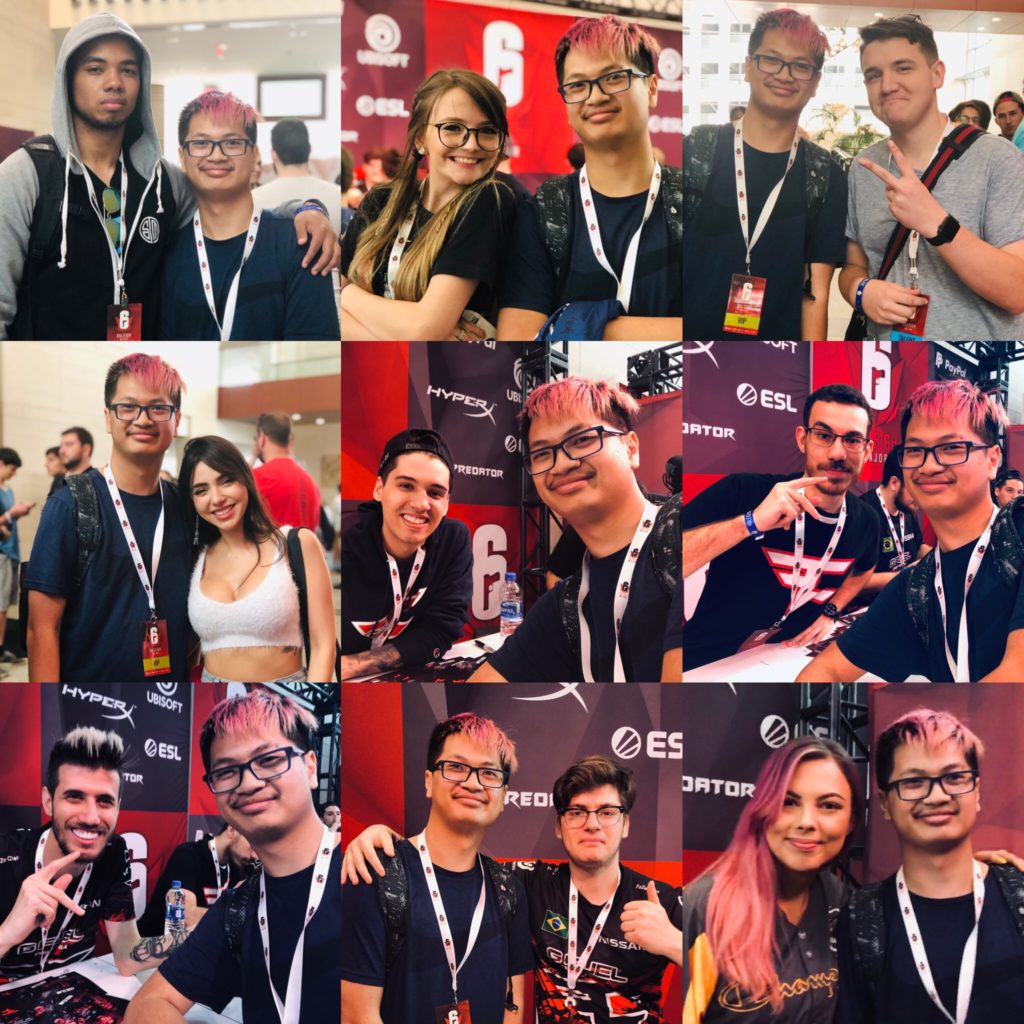
Video games are not without concerns.
For example, some games encourage the objectification of women, perpetuate sexist stereotypes, and promote online sexual harassment. Recent lawsuits against prominent game makers, including Riot Gear and Kotaku, allege significant harassment of women employees. Hasan Minhaj has highlighted often miserable conditions for many video game workers, both male and female, in his Netflix program, Patriot Act…
LEARN MORE: Video Games Exposure and Sexism in a Representative Sample of Adolescents
LEARN MORE: Effects of sexualized video games on online sexual harassment
But what action video games most certainly don’t do, according to evidence-based research, is drive people to kill.
Some surveys and meta-analyses have reported an increase in “aggressive behavior” in teenagers who play violent video games, while many other studies, particular more recent ones, find no relationship at all.

So how is aggression quantified in these studies? There are multiple measures, which complicate meta-analyses, including one known as “Hot Sauce Allocation,” which records “the amount of hot sauce administered to a target known to dislike spicy foods!”
LEARN MORE: A hot new way to measure aggression: Hot sauce allocation
In addition, the effect sizes (i.e., how big an impact games have on this subsequent peppery aggression and thus, how relevant these findings are) in studies that do report increases are uniformly small. One study found that making Tetris – a notably non-violent game – more difficult provoked similarly small increases in subject aggression..!
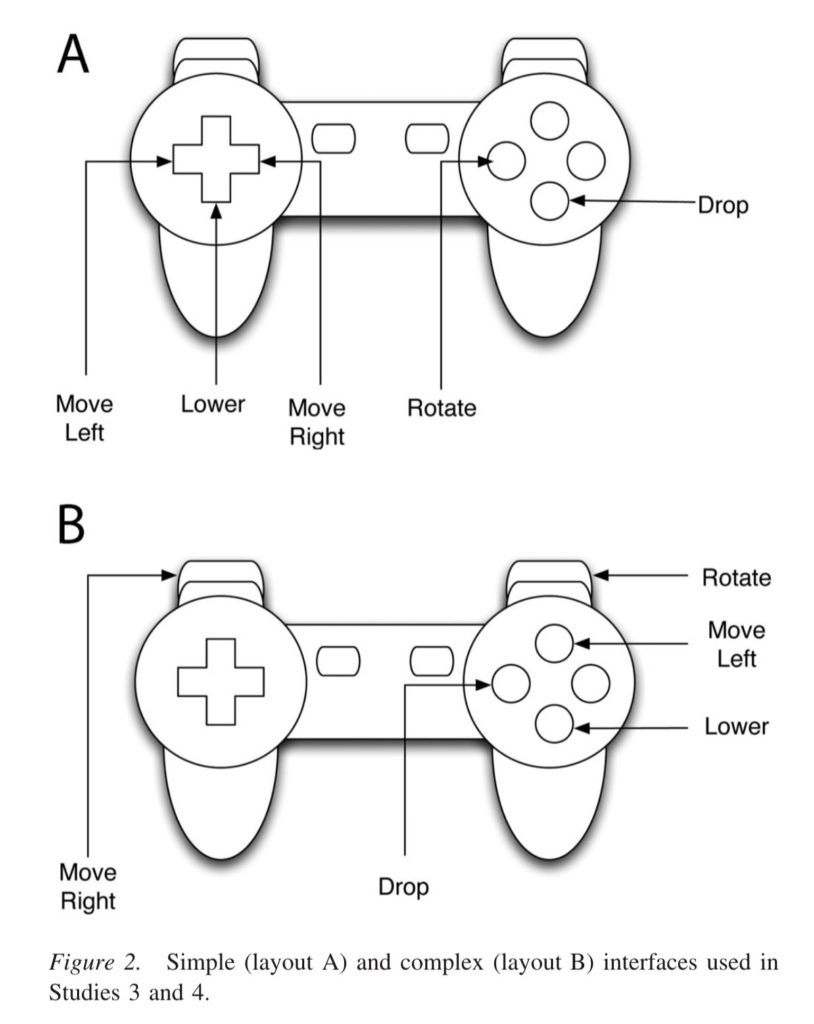
LEARN MORE: Competence-Impeding Electronic Games and Players’ Aggressive Feelings, Thoughts, and Behaviors
Despite accusations from prominent Republican politicians, there is absolutely no indication that video games, regardless of their content, have contributed to any of the 257 mass shootings in the United States so far this year (1/1/19 – 8/13/19)…
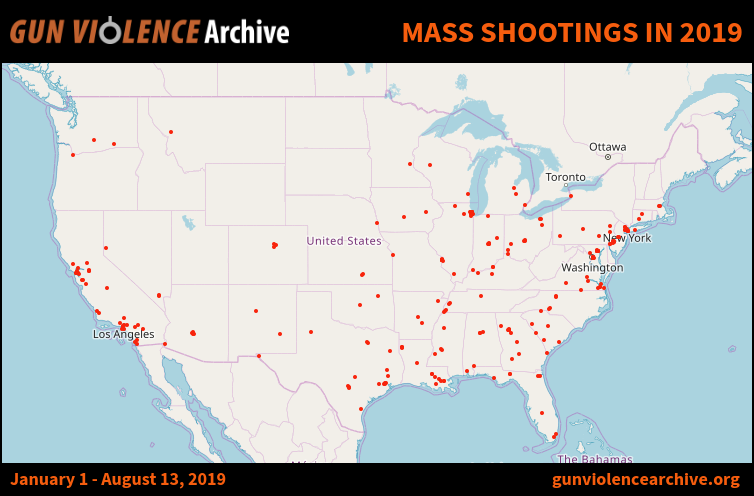
LEARN MORE: Gun Violence Archive
“…research evidence available to date indicates that violent video games have minimal impact on violent activity in society. Correlational and longitudinal studies of youth suggest that violent video game exposure does not meaningfully predict youth physical aggression or violent crime (DeCamp, 2015; Przybylski & Mishkin, 2016; Surette & Maze, 2015; Ybarra et al., 2008). Some research has suggested that youth with more aggressive personalities may seek out violent games; however, violent games do not increase assaultive behavior among such youth (Breuer et al., 2015). Further, little clear evidence has emerged that youth identified as “at risk” due to elevated mental health symptoms are influenced to become more aggressive due to exposure to violent video games (Ferguson & Olson, 2014; Engelhardt et al., 2015.) Further, evidence from societal data examining video game violence use has yet to document that such use is predictive of violent crime (Ferguson, 2015b; Cunningham et al., 2016; Markey, Markey & French, 2015). Similar absence of predictive relationships has been observed for violent movies (Dahl & DellaVigna, 2009; Markey, French & Markey, 2015.)” –Society for Media Psychology and Technology, American Psychological Association
LEARN MORE: Aggressive Video Games are Not a Risk Factor for Future Aggression in Youth: A Longitudinal Study
LEARN MORE: Does playing violent video games cause aggression? A longitudinal intervention study
LEARN MORE: Violent Video Games and Violent Crime
LEARN MORE: The Evidence that Video Games Lead to Violence Is Weak
LEARN MORE: Finding Common Ground in Meta-Analysis “Wars” on Violent Video Games
LEARN MORE: Failure to Demonstrate That Playing Violent Video Games Diminishes Prosocial Behavior

So if it’s not the video games, what is contributing to all the mass shootings and gun violence plaguing the United States?
Our volunteers get questions about video games from students in public schools, but we get significantly more about gun violence and guns. The United States is home to 46% of the world’s firearms, and more guns per person than any other country on Earth.

LEARN MORE: U.S. Gun Policy: Global Comparisons
LEARN MORE: Global Firearms Holdings
The U.S. also has one of the highest rates of gun violence in the world. “In homes with firearms, 86 percent of the suicides used the firearms. In the homes without firearms, only 6 percent of the suicides used a firearm.” –David Hemenway
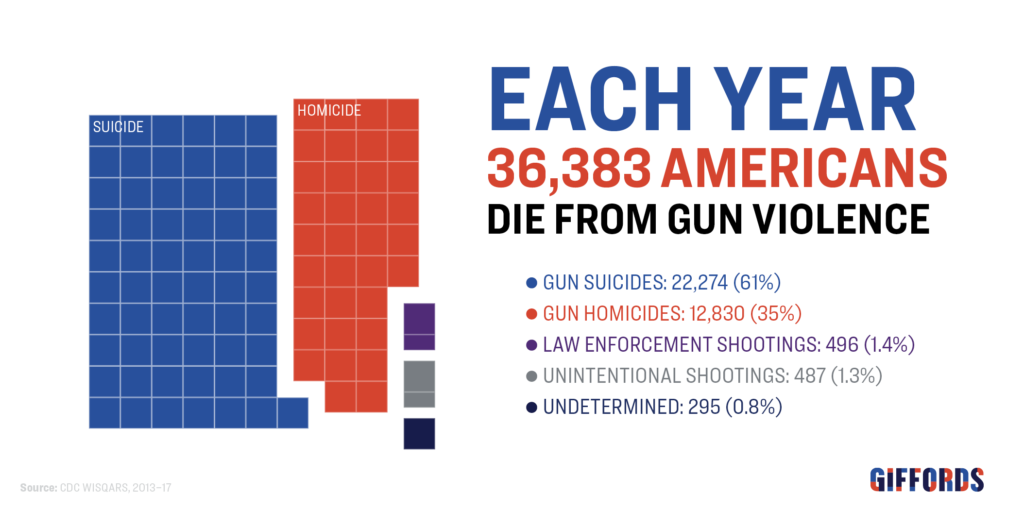
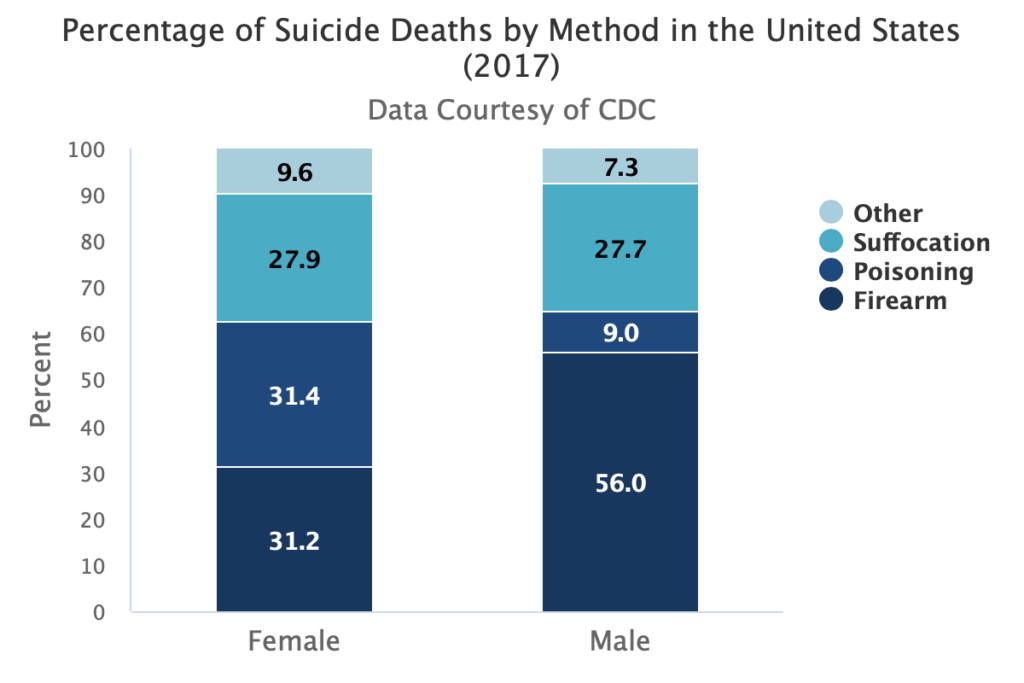
LEARN MORE: FIREARM AVAILABILITY AND SUICIDE

LEARN MORE: How The U.S. Compares With Other Countries In Deaths From Gun Violence
States with more guns have more gun deaths. States with more gun control measures in place have fewer deaths from guns.
LEARN MORE: The Geography of Gun Deaths
LEARN MORE: The burden of firearm violence in the United States: stricter laws result in safer states
LEARN MORE: State gun laws, gun ownership, and mass shootings in the US: cross sectional time series
LEARN MORE: Firearm Ownership and Violent Crime in the U.S.: An Ecologic Study
LEARN MORE: The Preventive Effect of Strict Gun Control Laws On Suicide and Homicide
LEARN MORE: Number of Deaths Due to Injury by Firearms per 100,000 Population
LEARN MORE: America’s unique gun violence problem, explained in 16 maps and charts
LEARN MORE: America’s gun culture in charts
LEARN MORE: Firearm Mortality by State
During a visit with young people in rural Heppner, Oregon, we explained how basic science research is currently funded at the graduate school level through the National Institutes of Health. However, we noted, NIH support depends on Congress. “Which specific areas of research do you think get the money?” we asked. “Drugs!” “Old people diseases, like dementia?” “Mental health disorders, like autism?” “ADHD?”
“But not gun violence, right?”
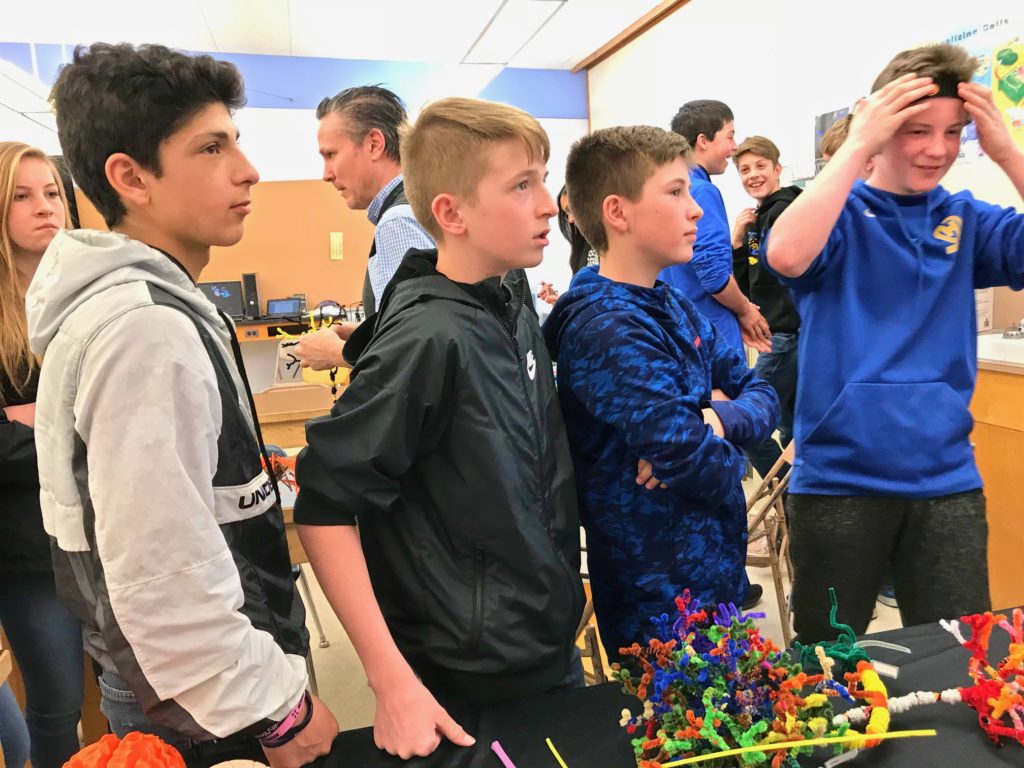
Research evidence is not the only factor determining public policy in the United States (see: opioid epidemic), and many students already know how money can drive harmful political decisions more than relevant facts, including at government agencies like the NIH.
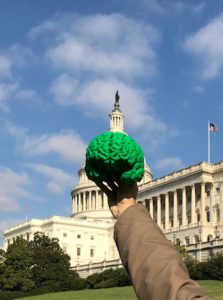
Despite the staggering public health consequences of gun violence, the federal government discourages research, and federal agencies, including the Centers for Disease Control (CDC), even avoid using the words “gun,” or “firearm.”
The U.S. Congress, for example, approved the Dickey amendment to a federal appropriations bill in 1996, which states that “none of the funds made available for injury prevention and control at the Centers for Disease Control and Prevention may be used to advocate or promote gun control.” “Although the legislation does not ban gun-related research outright, it has been described as casting a pall over the research community.”
LEARN MORE: Funding and Publication of Research on Gun Violence and Other Leading Causes of Death
LEARN MORE: Why Can’t the U.S. Treat Gun Violence as a Public-Health Problem?
LEARN MORE: How The CDC’s Reluctance To Use The ‘F-Word’ — Firearms — Hinders Suicide Prevention
LEARN MORE: Why the NRA is so powerful on Capitol Hill, by the numbers

Dollars and guns are no substitutes for brains and will power.
–Dwight D. Eisenhower
The inspiring young people at Florida’s Marjory Stoneman Douglas High School, who eloquently (and successfully) point out the link between our absent gun laws and unique, horrific, repeated and predictable incidents of gun violence, were definitely on our minds, and acting in hopeful contrast to the many resigned, perseverating adults who refuse to change policy, responding instead with more evidence-free finger pointing and their devastatingly ineffective thoughts and prayers…
Yet the research is already clear: the unique prevalence of guns in the United States, and the absence of effective background checks, licensing or training, contributes to our horrific national epidemic of gun violence.
LEARN MORE: Saving lives by regulating guns: Evidence for policy
LEARN MORE: Funding and Publication of Research on Gun Violence and Other Leading Causes of Death
LEARN MORE: NIH institute directors stand firm on not renewing focused firearm research program
LEARN MORE: Thoughts and Prayers and NRA Funding

What else contributes? Dehumanizing others.
“It’s like people see me as an object, not as a human being.”
We’ve written about how calling people “infestations,” “invasions,” and invoking non-human insect or object analogies reduces activity in brain networks essential for recognizing others as our fellow human beings…

LEARN MORE: Landscapes of the Brain: Seeing us all through research & art
LEARN MORE: Race, Bias & Brain: You Can’t Control Art
LEARN MORE: Donald Trump’s long history of racism, from the 1970s to 2019
Dehumanization negatively impacts all our brains.
Lasana Harris at University College London and Susan Fiske at Princeton found that people respond harshly to those individuals who are targets of such dehumanizing rhetoric, including recent immigrants, or young people without homes, perceiving these “extreme outgroups” as less “warm” and “competent” than themselves. They “…elicit disgust, an emotion that is not exclusively social, being directed both at people and objects that seem repellant.”
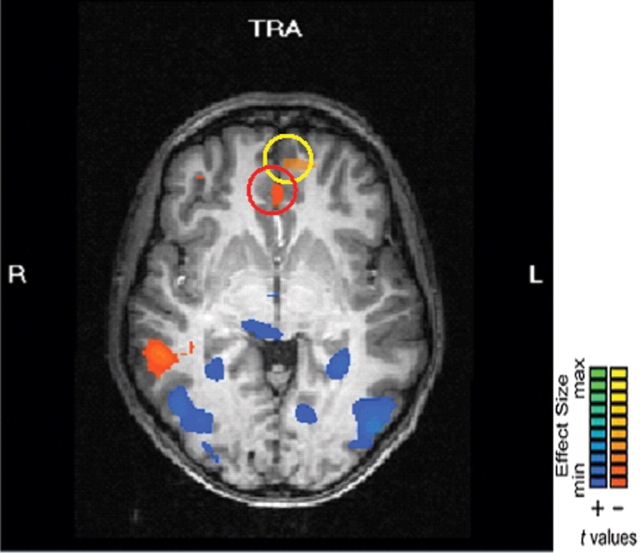
In addition, networks in the brain’s frontal lobes (including the medial prefrontal cortex, or mPFC), which are essential for social cognition and for responding to others as human beings with relatable hopes, thoughts, dreams and lives – respond less to images of those under attack.

LEARN MORE: Social groups that elicit disgust are differentially processed in mPFC
LEARN MORE: Social neuroscience evidence for dehumanised perception
LEARN MORE: Social cognition and the brain: a meta-analysis
The current U.S. President has dehumanized others through racist words and actions for decades.
His company was sued (twice) by the Department of Justice for discriminating against black rental applicants, he attacked the Muslim parents of a US Army officer, he claimed an American judge born in Indiana was biased because he was Mexican, he repeatedly questioned (without evidence) whether President Obama was born in the United States, he refused to condemn white supremacists supporting his campaign or those involved in terrorist violence in Charlottesville, he referred to Haiti, El Salvador, and African nations as “shithole countries,” his administration has torn the families of asylum seekers apart at the U.S. border and put children in cages, and he recently told four Congresswomen of color, all U.S. citizens, to “go back” to the “totally broken and crime infested places from which they came.”

And he is not alone.

LEARN MORE: Not Just Trump: GOP Members Warned of Immigration ‘Invasion’ From House Floor
LEARN MORE: Republican muted response to Trump’s tweets reveals party’s ingrained racism
LEARN MORE: Governor criticized for ‘disgusting’ anti-immigrant email sent day before El Paso attack
LEARN MORE: Steve King Is Racist, Misogynist—and Not that Different From Other Republicans
LEARN MORE: S.E. Cupp: GOP is responsible for Trump’s ‘racist’ and ‘un-American ideas’
LEARN MORE: Maine is a moderate state. Susan Collins is not a moderate senator
LEARN MORE: The horrifying conditions facing kids in border detention, explained
“People spontaneously fail to consider another person’s mind if that person elicits predominantly disgust,” write Lasana and Fiske. Not seeing other people as people, but as an invasion, or infestation, is not only an abject failure of empathy, but contributes to torture, genocide, domestic violence, ethical lapses in research, political and religious efforts to deny some people their basic civil rights – and mass shootings.
LEARN MORE: Dehumanized Perception: A Psychological Means to Facilitate Atrocities, Torture, and Genocide?
LEARN MORE: Dehumanization in organizational settings: some scientific and ethical considerations
LEARN MORE: Understanding the Terrorist Mind
Yet what does Walmart do, after another horrific and predictable mass shooting enabled by widespread firearm availability and encouraged by racist, dehumanizing exhortations of the U.S. President and his party?
Remove video game displays – and keep the guns.



